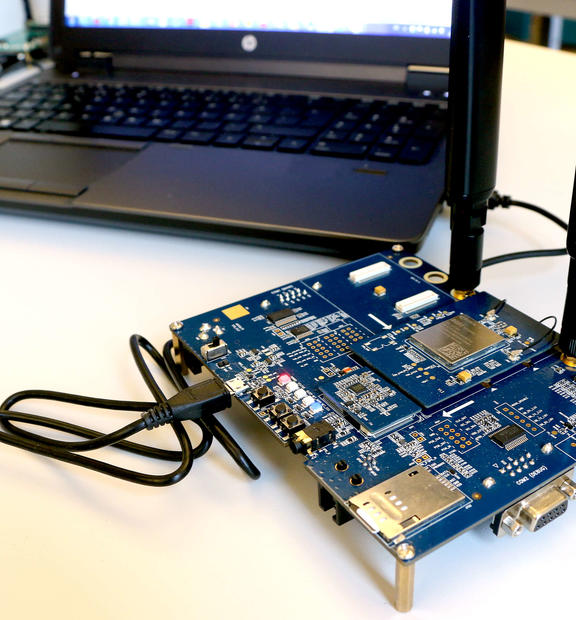It has been predicted that several billions of IoT devices will be deployed in the next few years. Many of these will use licensed spectrum access. Wireless network vendors and operators are making significant investments so that they can manage this huge number of new devices, but how do they know that they can fulfil expectations? Moreover, how do companies deploying IoT-devices know that the networks deliver the performance operators claim, or that operators fulfil their service level agreements?
As an engineer with more than 20 years of experience in network testing and, specifically, the device capability and radio measurement aspects of TEMS products, I have encountered NB-IoT increasingly frequently on my agenda in the last year. As a result, I have searched for solutions that will answer key questions regarding planned and claimed network performance.
It has been an interesting and exciting time! I have been devouring specifications and other information. I've also been evaluating the first releases of NB-IoT hardware, so we can test and verify them from the network perspective.
LTE Cat. NB1 (NB-IoT) has been intelligently specified, with the result that it can support the large number of IoT devices that will be deployed but with minimal impact on the users of other mobile services. This is achievable due to the low average connection capacity required by typical IoT devices. But, to achieve widespread penetration of IoT services and applications, the cost per device must be kept down — and that also includes the proportion of the cost that is used to verify network performance.
As always with radio network field tests, you need something that can both represent a typical deployed device and which can also provide radio measurements and signaling for drive test procedures and analyses. Since LTE Cat. NB1 is a new technology, there had, until recently, been few devices available — and even fewer with the detailed radio logging capabilities required.
The first LTE Cat. NB1 capable modem candidates were debuted more than a year ago. Unfortunately, the solutions for radio logging that these supported were costly to update and, as we know, for massive IoT, costs must be minimized as much as possible.
Happily, that's changing. In the last few months, an increasing number of modem vendors have released new devices which offer enhanced capabilities for radio logging, which also helps to bring costs down.
With that in mind, it's reasonable to ask, “how can LTE Cat. NB1 network performance be verified?”
The obvious - and simple - answer is to measure coverage. But there's more than that — for example, which coverage do we really mean?
The signal quality and block error rates tell us something about the achieved coverage but, in the end, applications may be dependent on latency and throughput. Of course, these are not only strongly correlated with received signal quality but also with how the network is configured and deployed. You will need to evaluate several parameters to determine coverage accurately.
TEMS Investigation's latest release, 19.0.3, includes updates to provide what you need to verify LTE Cat. NB1 deployments. It offers signaling support, allowing the user to analyze the cause of an issue when it occurs. At the same time, it also covers an extensive range of parameters and measurements that reveal the true performance of the network. In addition, to ensure TEMS Investigation is the best possible tool for verifying network performance, we focused support on devices with the best available diagnostic data.
Of course, don't forget that TEMS Investigation has a long history and has evolved through time to offer extensive, rich functionality that justifies its heritage, such as excellent scripting capabilities that make testing easy, comprehensive and adaptable - even for LTE Cat. NB1.
Read more about TEMS Investigation and its test and verification instruments for IoT rollouts both in standardized and proprietaries IoT networks, or contact us today.










